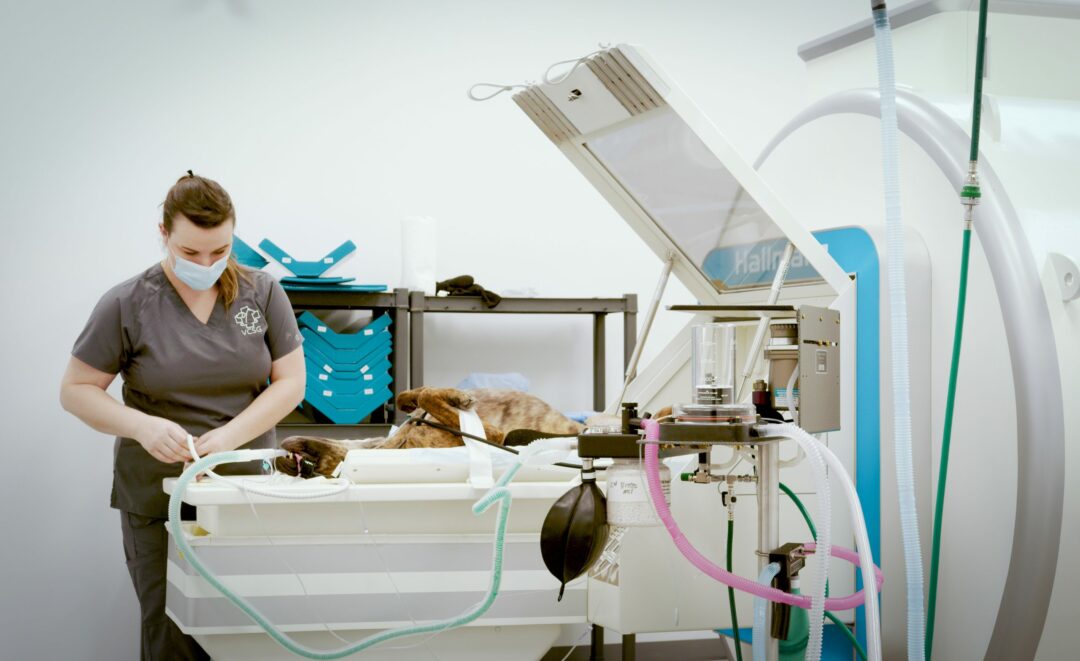The ownership, breeding and use of brachycephalic – or flat-faced – dogs in advertising continues to be an emotive issue. In the second part of a report carried out by pet insurers, Nationwide, we look at the health problems faced by those extreme breeds, and the need to raise awareness of the problem.
Dissecting the data
Part 1 of Nationwide’s analysis quantified the risk of diseases found in brachycephalic dogs compared to non-brachycephalic breeds.
Part 2, focuses on additional significant health problems faced by those dogs with extreme brachycephalic conformation and that have had claims submitted for brachycephalic obstructive airway syndrome (BOAS). French Bulldogs, English Bulldogs, and Pugs are included in this category and identified at increased risk. The data, taken from over 50,000 Nationwide-insured claims submitted for brachycephalic dogs, shows:
Going to extremes
- Extreme brachycephalic dogs with BOAS face increased risks of specific diseases. Those that also suffer from BOAS are at increased risk of claims for other conditions – twice as likely for spinal disease, 4.5 times more likely for pneumonia, and 5 times for oesophagal disease.
- Early education is essential. The first claim for most extreme brachycephalic dogs with BOAS is generally submitted early in life. The majority of affected French and English Bulldogs received the diagnosis before their second birthday, and Pugs by aged 4.
- Nationwide’s data creates new opportunities for interventions. While understanding the risk of comorbidities is incredibly helpful, being able to predict the sequence of disease creates the opportunity for early diagnosis or even prevention.
Noses in the news
As awareness of the health problems faced by these extreme breeds gathers pace, online greeting card retailer Moonpig pledged to stop using images of “cute” flat-faced dogs as of last month.

In a move applauded by the veterinary industry, the company has taken the lead by removing images of Pugs and French Bulldogs from its website and in its range. They have also pledged not to design or source any cards featuring these dog breeds in the future. In response to Moonpig’s announcement, however, Facebook users showed varying degrees of understanding. Many saw the ban as a personal assault on their competence as compassionate dog owners. It’s clearly a highly emotive issue and education is key.
Ahead of Crufts, the world’s largest dog show, last month, animal rights organisation PETA wrote to the organisers to do the ‘ethical’ thing and remove brachycephalic breeds from the competition. Campaigners protested during the ‘toy breeds’ competition when the first Pug was shown in the ring, as this Twitter post clearly illustrates.
Brachycephalic breeding bans
The ethical decision to continue breeding these dogs is a subject of debate amongst vets and breeders alike. Some countries have already imposed breeding bans for certain brachycephalic breeds. The Netherlands, for example, banned around 20 short-snouted dog breeds in 2014 to address the cruelty of producing animals with unnatural features that cause severe health problems.
In the UK, The British Small Animal Veterinary Association (BSAVA) highlight the work that the Brachycephalic Working Group (BWG) are doing to raise awareness of the unhealthy practices around the over-breeding of these popular dog types. However, for as long as these breeds do exist, with their current associated health problems, it’s vital that they get access to the treatment they need. As Nationwide points out, educating both the veterinary healthcare team and the pet families increases opportunities for early intervention and optimal outcomes.
Opportunities for clinical intervention
Whilst Hallmarq fully supports initiatives to curb the breeding and ownership of flat-faced dogs, it also recognises that change can and does take time. Dr. Simon Platt, Hallmarq’s Small Animal Medical Director, states:
“Whilst not condoning their overbreeding or missuse, we can not ignore that health problems faced by these animals exist. For as long as they do, the welfare concerns of these breeds must be best understood to be most effectively treated.”
Dr Simon Platt, Small Animal Medical Director, Hallmarq Veterinary Imaging
Hallmarq’s Small Animal 1.5T MRI offers a way for veterinarians to help diagnose the common problems faced by breeds with extremes of conformation. With veterinary anatomy in mind, their award-winning technology includes pet-specific coils designed to better capture the fine details that neurologists and soft tissue surgeons need in order to make a diagnosis.
In line with its mission to improve the lives of animals and of the people that care for them, Hallmarq wholeheartedly supports any moves towards early disease recognition, appropriate interventions, and better health outcomes for every pet.








